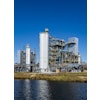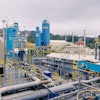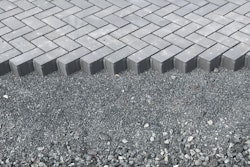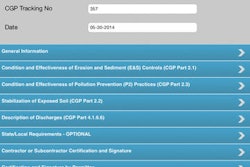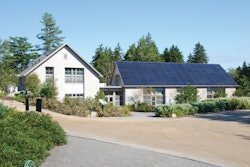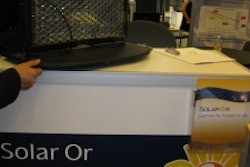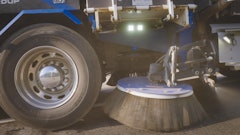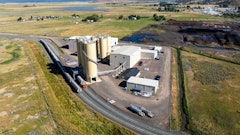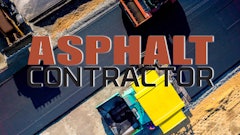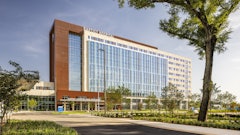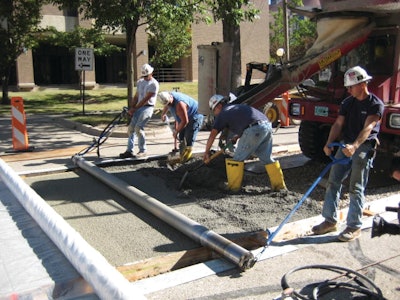
Stormwater runoff is naturally occurring rain and snowmelt. After a precipitation or thawing event occurs, the water that does not evaporate into the air or soak into the ground can end up in municipal stormwater sewers or naturally occurring bodies of water. Stormwater runoff can enter a river, lake or stream at varying temperatures and carry sediment or a variety of pollutants and bacteria. This can negatively affect a natural ecosystem and its plants and water species.
In an effort to minimize the potentially detrimental effects of stormwater runoff, the U.S. Environmental Protection Agency (EPA) has implemented the National Pollutant Discharge Elimination System (NPDES) Stormwater Program, which regulates stormwater discharges from municipal separate storm sewer systems, construction activities and industrial activities. Simply put, the ultimate goal in these regulations that help control stormwater runoff from carrying pollutants and sediment into lakes, rivers and streams is to facilitate a way for the stormwater runoff to absorb naturally into the ground. Vegetation will accomplish this, as will man-made stormwater retention ponds and erosion control methods like silt fencing, erosion blankets and other devices commonly found in construction zones.
A solution to stormwater management in the built environment gaining popularity is choosing pervious surfaces over impervious surfaces when building sidewalks, roads and parking lots. Two options becoming more popular with municipalities, owners and developers are porous asphalt and pervious concrete. The use of these systems can also help an owner gain points toward project certification through the U.S. Green Building Council’s Leadership in Energy and Environmental Design (LEED) program.



